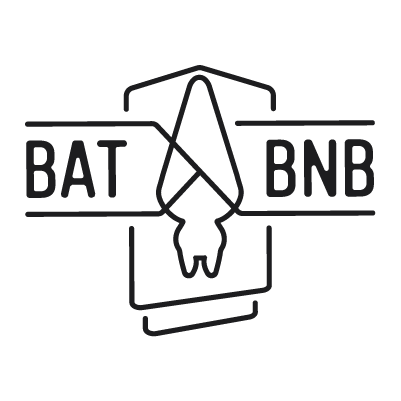Gardening For Wildlife
July 08 2024 – Jessica Woodend

Creating a garden that not only brings beauty to your space but also supports local wildlife is a rewarding and impactful way to connect with nature. At BatBnB, we’re passionate about promoting biodiversity and helping you foster a haven for bats and other beneficial creatures. One effective way to attract bats to your garden is by planting night-blooming native plants that draw in the moths and other insects that bats love to eat. Let’s explore how you can transform your garden into a nocturnal paradise for these incredible flying mammals.
Why Bats Need Our Help
Bats play a crucial role in our ecosystem. They help control insect populations, pollinate plants, and disperse seeds. However, due to habitat loss, pesticide use, and other threats, bat populations are declining. By creating a bat-friendly garden, you’re not only enhancing your outdoor space but also contributing to the conservation of these essential creatures.
The Magic of Night-Blooming Plants
Night-blooming plants are a fantastic addition to any wildlife garden. These plants open their flowers after dusk, releasing delightful fragrances that attract nocturnal pollinators like moths and other insects. Bats, in turn, are drawn to these insects, making your garden a lively nocturnal ecosystem.
Finding Native Night-Blooming Plants
While there are many beautiful night-blooming plants to choose from, selecting native species is especially beneficial. Native plants are adapted to your local environment, require less maintenance, and provide a familiar habitat for local wildlife. To find the best night-blooming plants for your area, check with local nurseries, extension services, or native plant societies.
Example: Evening Primrose
Evening Primrose is a great example of a widespread native night-blooming plant. With its bright yellow blooms that open at dusk, it attracts a variety of moths and other night pollinators. This hardy plant can grow in various soil types and conditions, making it a versatile choice for many gardens.
Creating a Bat-Friendly Habitat
In addition to planting night-blooming flowers, consider these tips to make your garden even more inviting for bats:
- Provide Water: A small pond or water feature can attract insects, providing a drinking source for bats.
- Install Bat Houses: Bat houses offer a safe place for bats to roost and raise their young. Check out our expertly designed bat houses at BatBnB to find the perfect fit for your garden.
- Reduce Pesticide Use: Avoid using pesticides, as they can harm bats and reduce the number of insects available for them to eat.
- Leave Some Wild Areas: Allowing parts of your garden to grow wild can provide bats and other wildlife with shelter and food sources.
Conclusion
By incorporating night-blooming native plants into your garden, you’re not only enhancing its beauty but also creating a valuable habitat for bats and other nocturnal wildlife. At BatBnB, we believe in the power of small actions to make a big impact on our environment. Let’s work together to create gardens that buzz with life day and night, supporting the incredible biodiversity that makes our world so special.
Happy gardening, and may your nights be filled with the flutter of bat wings and the sweet scent of night-blooming flowers!


0 comments